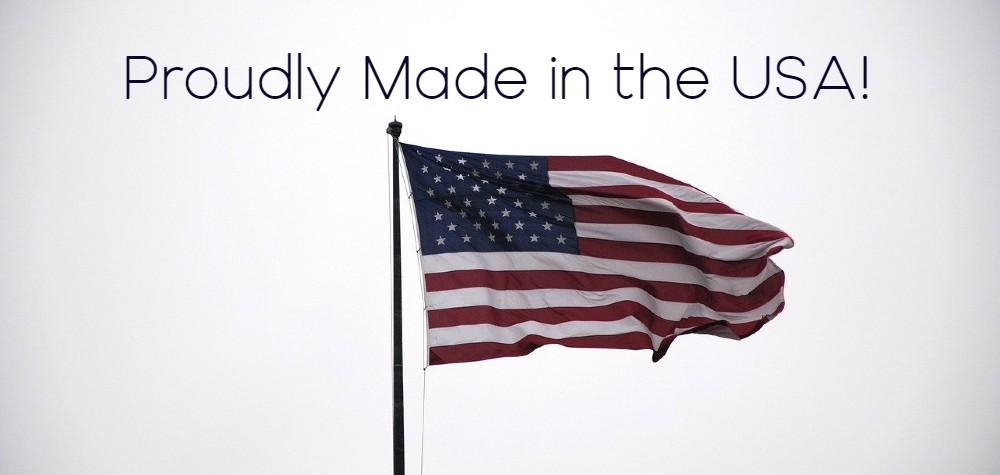
Recently, I saw an article that said 7,000 steps per day is good for your heart (… used to be 10,000 steps… but, whatever). I have never actually counted my steps but those that do have told me that the many “laps” I make around the building are likely adding up to way more than 10,000 steps (50,000 square feet of manufacturing space means you cover a lot of ground getting from the office to the twister room, or over to the PTFE Coated Fiberglass Braid department, PTFE Coated Fiberglass Yarn and PTFE Coated Fiberglass Thread coating operation, winding and shipping area, etc… you get the idea).
This is all part of the process when you employ the highly sophisticated methodology of “Management by Walking Around”. My business partner and I have been employing this cutting-edge method since day 1 (almost 35 years ago now!). But as it turns out, staying in touch with your manufacturing operation is a good idea for even the largest of companies, considering that the new CEO of Boeing, Kelly Ortberg, employs basically the same technique. A quick Google AI Overview (I know, I know, but this one pretty much matches the articles I’ve read in various trade journals) tells us that his philosophy emphasizes having executives on the factory floor, listening to employees and implementing values important to the organization. We didn’t invent the term “Management by Walking Around”, but I bet if you asked Mr. Ortberg, he’d say that pretty much covers his philosophy.
You can learn a lot about how well the business is running; issues facing employees, ideas for process changes in the Teflon* Coated Fiberglass Sewing Thread winding department, feedback on the latest ISO improvement, how Ned’s son did at football practice, whether Jill made it up to Camp last weekend, picking up the loose poly bag and putting it in the trash; all very important to the daily function of this business… really.
Now, we’re not claiming to face anywhere near the complexity of managing an operation the size of Boeing, but we feel the benefits are significant and seem obvious, never mind that I’m “getting my steps in”.
*Reg. Chemours







